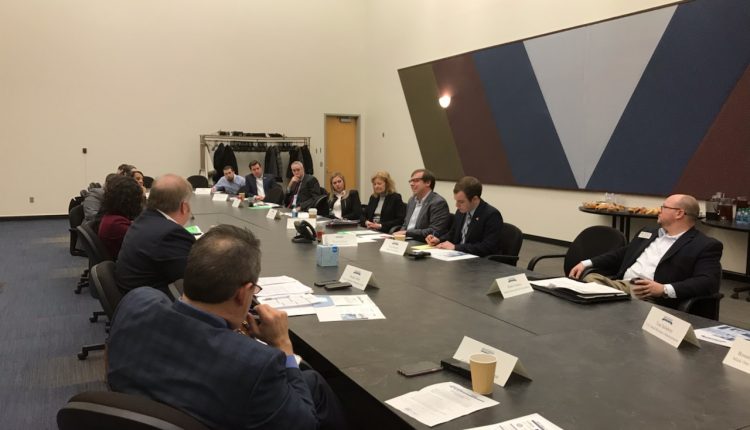
Advocacy Holds Small Business Forum in Kansas City on WOTUS
By Prianka Sharma, Assistant Chief Counsel
On February 14, 2019, the Army Corps of Engineers and the Environmental Protection Agency proposed a long-anticipated rule to revise the definition of the Waters of the United States (WOTUS). The WOTUS final rule attempts to define those waters that are under federal jurisdiction and thus subject to federal permitting requirements. For years, small businesses have struggled to determine on their own which bodies of water come under federal jurisdiction. Because of the lack of clarity in the definition, small businesses have endured major development project delays, have incurred fines for waters that were not understood to come under federal jurisdiction, and, in general, have incurred costs to hire outside experts and consultants to help ensure they do not incur federal penalties.
On February 27 and 28, the agencies held two public hearings in Kansas City, Mo., to hear comments about the proposed rule from interested parties. The Office of Advocacy’s Assistant Chief Counsel Prianka Sharma and Region 7 Advocate Adrienne Foster attended the hearings to learn about specific small business concerns. The rule includes water bodies that flow into traditional navigable waters and attempts to clarify which of these bodies of water come under federal jurisdiction.

Advocacy convened a small business forum on February 27 to discuss the rule with small entity stakeholders. Advocacy heard from several representatives from six different states. One small home builder from Louisiana stated that his company’s business cycle has been entirely disrupted by current WOTUS regulations due to the uncertainty about which bodies of water come under federal jurisdiction.
One representative from the Kansas Grain and Feed Association said his members found the newly proposed rule to be easier to understand and that he appreciated allowing the states to make certain decisions on their own. Many attendees emphasized that a one-size-fits-all-rule simply does not work and that this rule creates an appropriate framework from which states can decide whether to regulate. As an example, a representative of the Kansas Farm Bureau said that the state’s climate varies so much that in one part of the state they may only receive 14 inches of rainfall per year and in another it may be 44 inches. In places with significant rainfall, waterflow may remain constant, thus, increasing the likelihood that those waters will flow into jurisdictional water. In places with little to no rainfall, the impact of waterflow is minimal to none. He further stated that under the current definition, upwards of 100,000 miles of stream in Kansas would come under federal jurisdiction. He stated the new rule helps to clearly define which streams are subject to federal jurisdiction.
All participants agreed that their priority was conservation, and their intent was not to pollute more waters. However, they need clarity on what is and is not subject to permitting requirements, and they feel the description should not include those waters that clearly do not touch or run into traditional navigable waters.
Other attendees included the Kansas Corn Growers Association, Iowa Limestone Producers Association, transportation and manufacturing small business owners, and the Golf Course Superintendents Association of America.
Prianka Sharma is an Assistant Chief Counsel for Advocacy whose portfolio includes natural resources, agriculture, and energy. She attended Advocacy’s small business forum, and the EPA and Corps Public Hearings in Kansas City, Mo., in February. Sharma can be reached at Prianka.Sharma@sba.gov.
